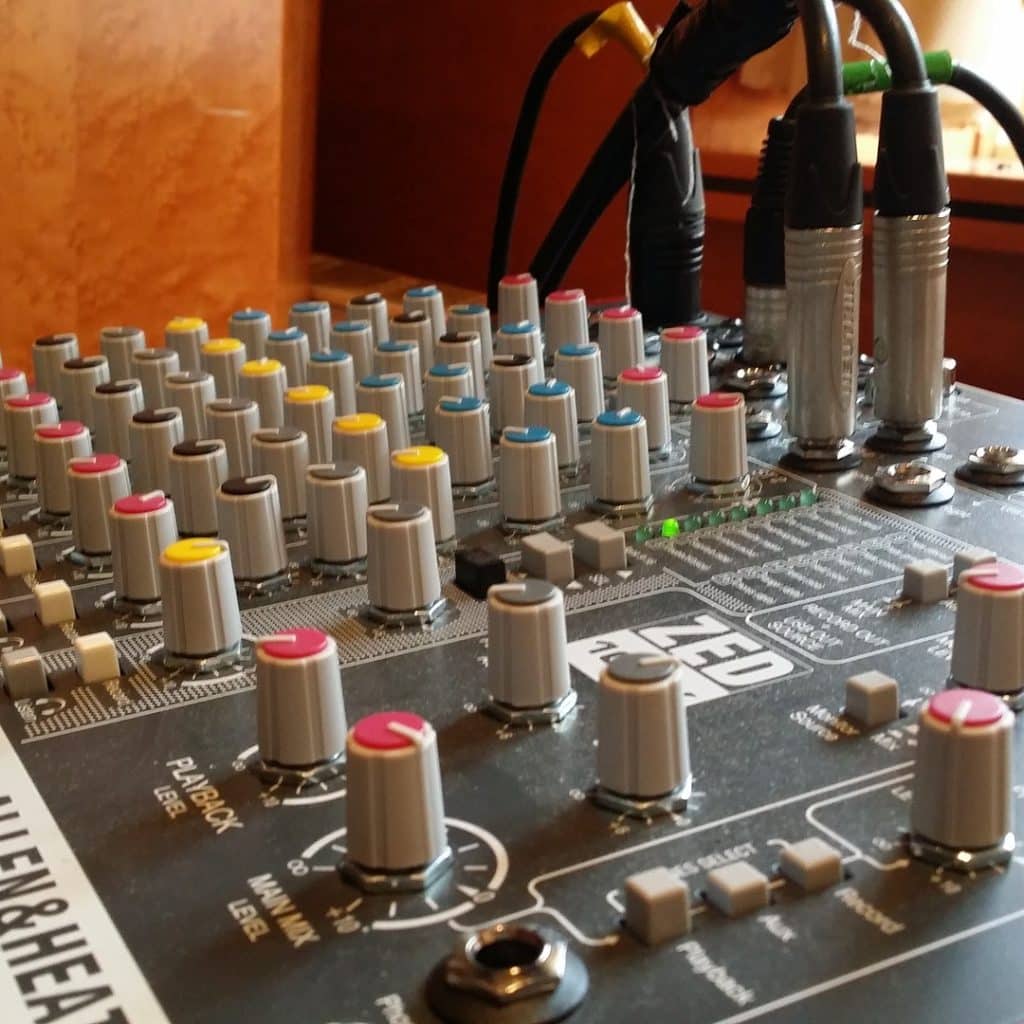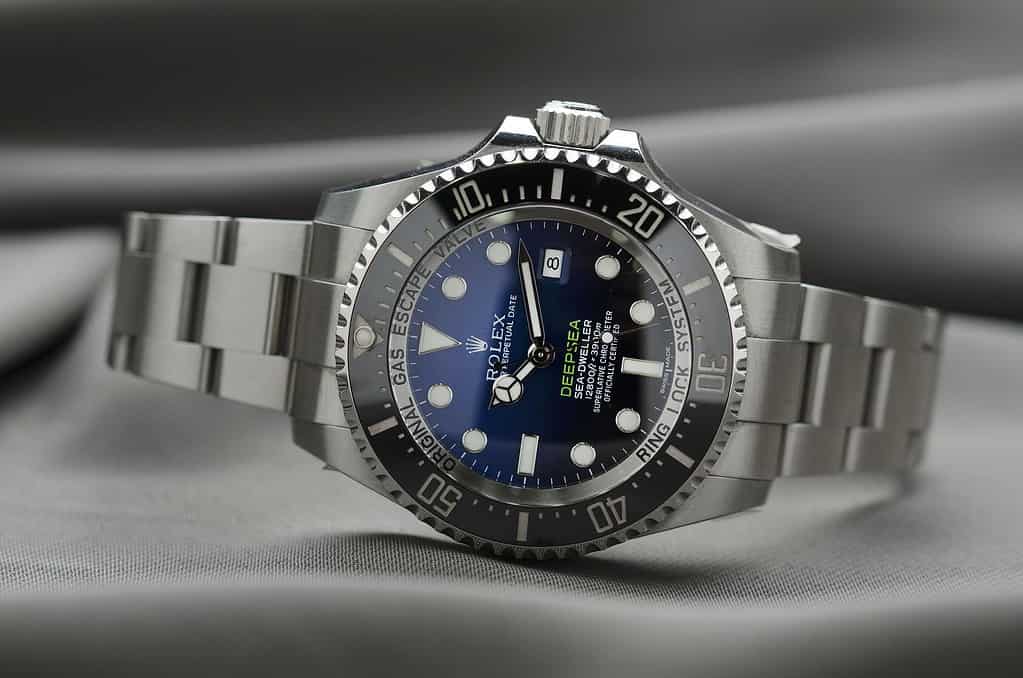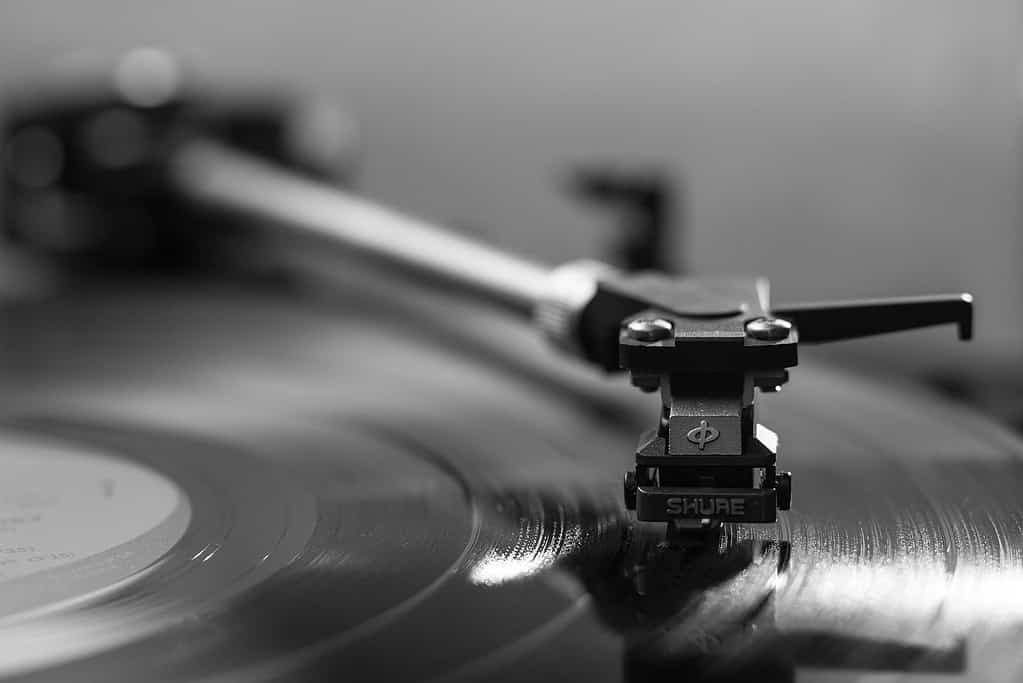The future of high-quality audio output draws from past technology, in the form of a coaxial speaker cable. This speaker connection option has been around since 1858, but engineers only started maximizing its potential in the 1880s. Today, you can easily obtain them for DIY and home use.
Without getting too much into the technology, these cables utilize radio frequencies to transmit analog and digital electrical signals. They also protect the output from interference, making them an excellent solution for playing and streaming lossless audio.
Whether you want to maximize your gaming experience or are an audiophile who wants to enjoy hearing every little element of your favorite tracks, looking into coaxial speaker cables may be worthwhile. Learn more about how they can significantly upgrade your home entertainment system.
What Is a Coaxial Speaker Cable?
Coaxial speaker cables are coaxial cables that you use for connecting your devices to your speakers. Coaxial cables or coax cables are electric cables with insulation and shielding. Coaxial means that the cable itself consists of two concentric conductors.
They transmit radio frequencies from 20kHz up to 300GHz. Professional studios use them for transmitting digital signals from their source to output devices, maintaining a consistently high sound quality.
Their capacity for digital signal transmission separates coaxial speaker cables from standard RCA audio cables. This connection gives you something more reliable when you want to experience sounds at their full capacity or as their composers intended them.
Structurally, they are more durable than standard cables, which is an important element to ensure you get the most out of your audio files. They are also compatible with speakers between 75 cm and 6 m long. However, some coaxial cable designs are for subwoofers only.
How Do Coaxial Speaker Cables Work?
Coaxial cables come in different types. Each design is suitable for specific devices. However, regardless of the kind of coax for whatever use, it has four main components that make them deliver high-quality audio output:
- Jacket: The outermost layer of a coaxial speaker cable is a protective polymer layer. Although it has no direct purpose in transferring audio signals, it is a critical element for the parts that do the transfer. This component protects the signals from interference.
- Shield: This braided copper shield is the coaxial speaker cable’s outer conductor. It also plays a protective role in transferring signals. In particular, it shields them from surrounding radio wave interference. In your home entertainment room, chances are you have a lot of devices emitting and receiving radio waves, which are likely to affect the radio signals from your speakers.
- Insulator: Inside the cable’s shield is a dielectric insulator that separates the external braided metallic layer from the internal conductor. Like the outermost layer, it also has no direct role in transferring signals.
- Conductor: Finally, the inner or center conductor is the part of the coaxial speaker cable that makes it work. This layer carries radio signals and grounds electricity for the cable. Like many conductors, this part is usually copper. However, some coax cables may use copper-clad steel.
Together, these components act as a physical connection between transmitters and receivers. You can use them for home stereo systems, audio recording with microphones, and electric music instrument amplifying.
What Are the Advantages of Using a Coaxial Speaker Cable?
Using coaxial cables for speakers offer several benefits. Consider the following pros:
- High-quality Audio Transfer: Many professional studios utilize coaxial cables for their speaker systems, primarily because of the high-speed data transfer they offer. Bringing this technology to your home gives you a taste of the true audio quality of your files or games.
- Strong Signal Connections: Coaxial speaker cables eliminate signal degradation. Thus, you can experience any digital or analog sounds in full when you install them in your home. They maintain quality because your home system usually only needs short cables.
- Anti-noise Cables: The way that coaxial speaker cables have strong signal connection also offer interference protection. Thus, your sound output device is less likely to capture noise from surrounding signals.
- Durable Design: Coaxial cable designs prioritize durability. Even as speaker cables, you can rest assured that they will last long. This way, you can enjoy high-quality sounds in your home audio system longer.
- User-friendly: You can easily install coaxial speaker cables in your home entertainment system. As long as you understand the technology behind them and their compatibility with your devices, you can simply purchase the best coaxial speaker cable and equip them at home.
What Are the Disadvantages of Using a Coaxial Speaker Cable?
Although coaxial speaker cables promise superior sound quality in your home, you might also want to consider these potential cons:
- Long Cable Risk: You risk signal loss if you get longer cables than necessary for your home. See how far apart your sound input and output devices are from each other and gauge whether you can put them closer before getting coaxial cables.
- Bulky Design: Coaxial speaker cables tend to be heavier than standard audio transfer cables on the market. They are also less flexible. Thus, they may be difficult to conceal in your room and invite danger, especially if you leave curious children or pets alone in the room.
- Preset Speaker Cables Exist: There may already be speaker cable options that meet your needs available in stores. So, you would not have to experiment with coaxial cables for your home entertainment system.
What Distinguishes a Good Coaxial Speaker Cable From a Bad One?
You might be wondering what to look for when buying coaxial speaker cables so you know you’re getting the best ones. It’s important to note that your specific sound system will determine which coaxial cable will be good for it, so be sure to know its specs before you start looking.
When shopping for your home speaker system, pay attention to their design and impedance. Design refers to their construction, which will determine whether it is ideal as a speaker cable. Meanwhile, impedance refers to the cable’s electrical resistance. Anything less or more than the ideal impedance for your system will affect your audio quality.
Generally, you can look at the Radio Guide (RG) standard that classifies coaxial cables to determine whether they are ideal for your speaker system. This guide tells you specific information about cables, including their diameter, dielectric type, and shielding capacity. Here are some more tips to see what makes a good coaxial speaker cable and to avoid bad ones.
Coaxial Cable Constructions
You can find five different types of coaxial cables with unique constructions, particularly:
- Semirigid Coaxial: These durable cables feature tubular metallic exterior conductors. Semirigid coaxial cables are probably the best option for speakers because their durability offers excellent shielding against interference.
- Flexible Coaxial: These are common coaxial cables and contain braided exterior conductors. As its name suggests, a flexible coaxial cable bends easily. This feature may affect its shielding properties, allowing radiofrequency signal leaks if there are too many bends.
- Twinaxial Cable: These cables each have two insulated conductors with a common shield. Their internal conductors usually twist around each other. These cables are ideal for large computer systems as they utilize high-speed multiplexed transmission.
- Triaxial Coaxial: Triax coax cables have a dielectric sheet separating their two exterior conductors. One conductor is an earth ground while the other is a signal ground. Together, they make your system immune to noise.
- Dual Coaxial: These coaxial cables have two separate cables inside one exterior jacket. These cables are usually lightweight and are more suitable for specific specialty applications.
Coaxial Cable Impedance
Generally, coaxial cables that offer higher impedance levels mean you can expect better sound quality. Digital systems are also more dependent on impedance levels than analog systems. On the market, you can find two different impedance levels for coaxial cables:
- 75-Ohm Coaxial Cables: Cables with this impedance level are common in houses. You would use them for transmitting audio and video signals. Telecommunication and cable TV systems also use them for transmission. These cables are also ideal for speaker connections.
- 50-Ohm Coaxial Cables: Radio transmission applications benefit from these coaxial cables. 50 ohms impedance is compatible with radio transmitters and most antennas. They are also useful for coaxial Ethernet networks and transmitting high-frequency digital signals.
How To Use a Coaxial Speaker Cable?
Once you have a coaxial cable that suits your speaker system, you may have to do a bit of DIY before you can connect them. In particular, you will need to measure the wires you need, strip insulation layers, and unbraid shielding to ensure they fit in your speakers.
You will then connect the cable’s core conductor to your speaker’s positive connector and the same port on your receiver. Meanwhile, the negative ports will have the cable’s braided strands. With all the right connections in the right places, you can enjoy the high-quality sounds that coaxial speaker cables offer.
Final Words: Get a Coaxial Speaker Cable To Enjoy Lossless Audio
Coaxial speaker cables are excellent connection options to enjoy the best lossless audio quality from your speakers. They are durable cables suited for a variety of audio-visual equipment and offer several advantages, including noise immunity.
However, they may not be as flexible as you would expect, even if some types offer easy bending at the cost of quality performance. Still, with some work, you can easily fit these cables into your speaker system to avoid signal loss and maximize your audio experience.





